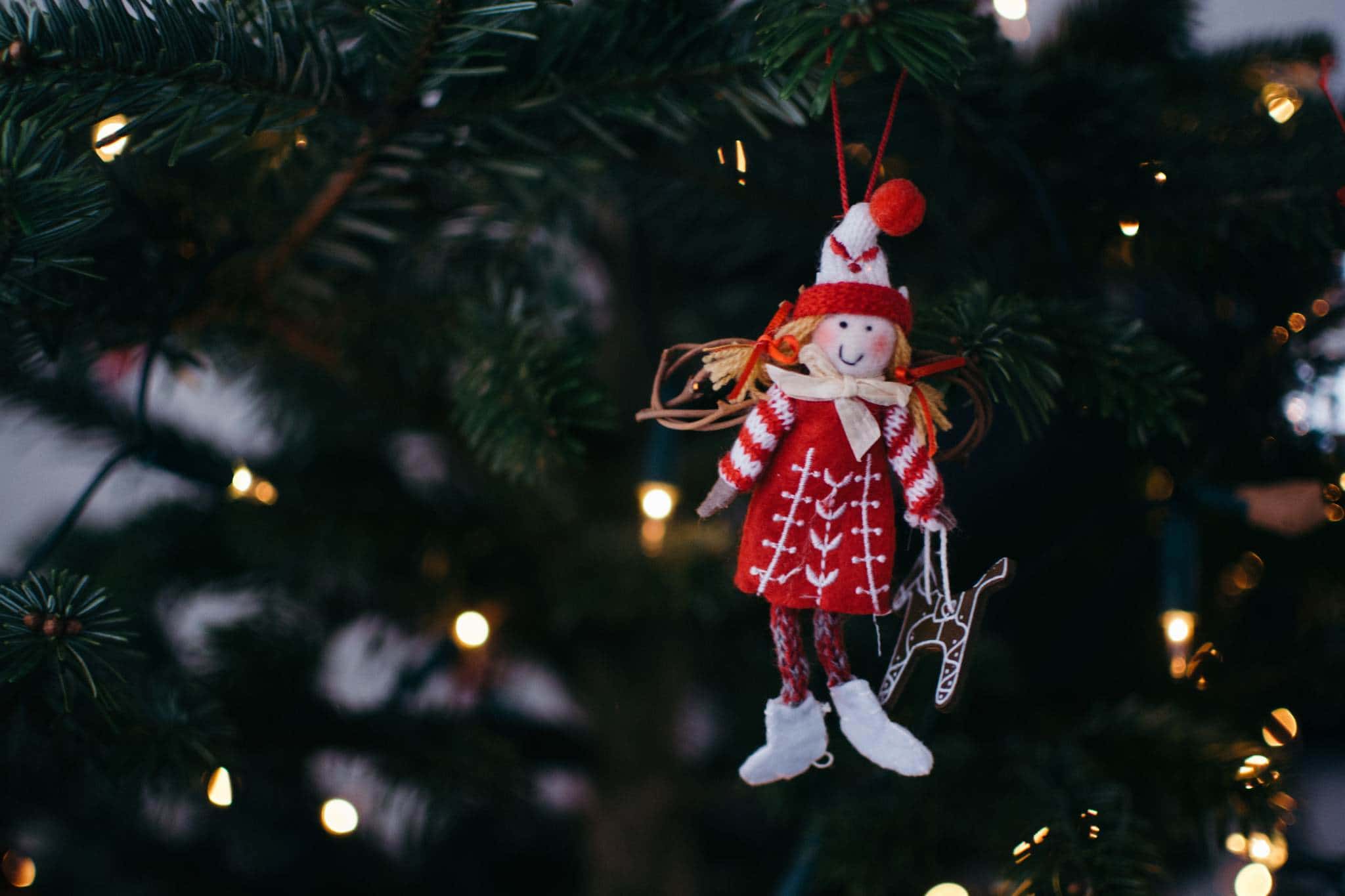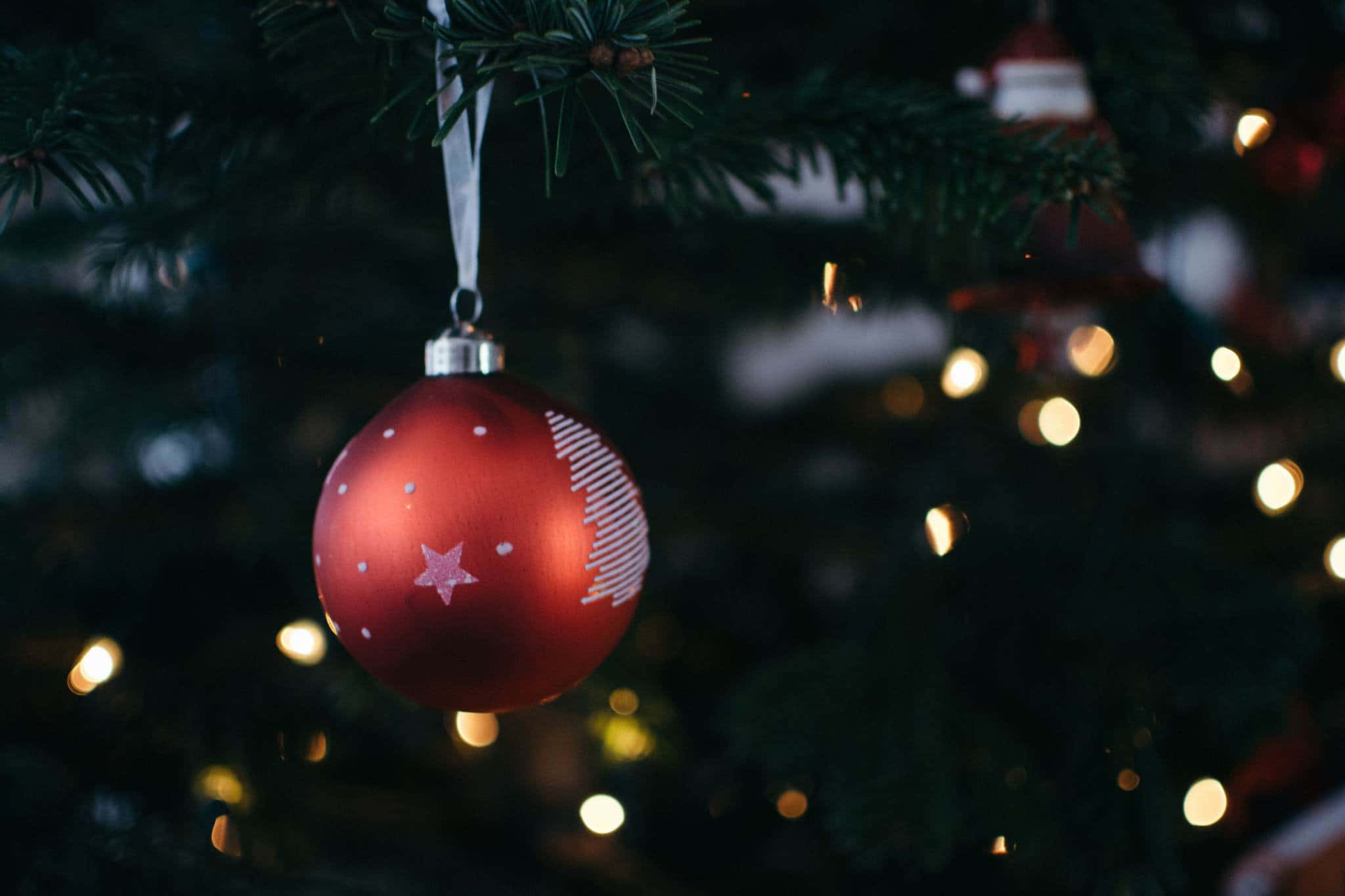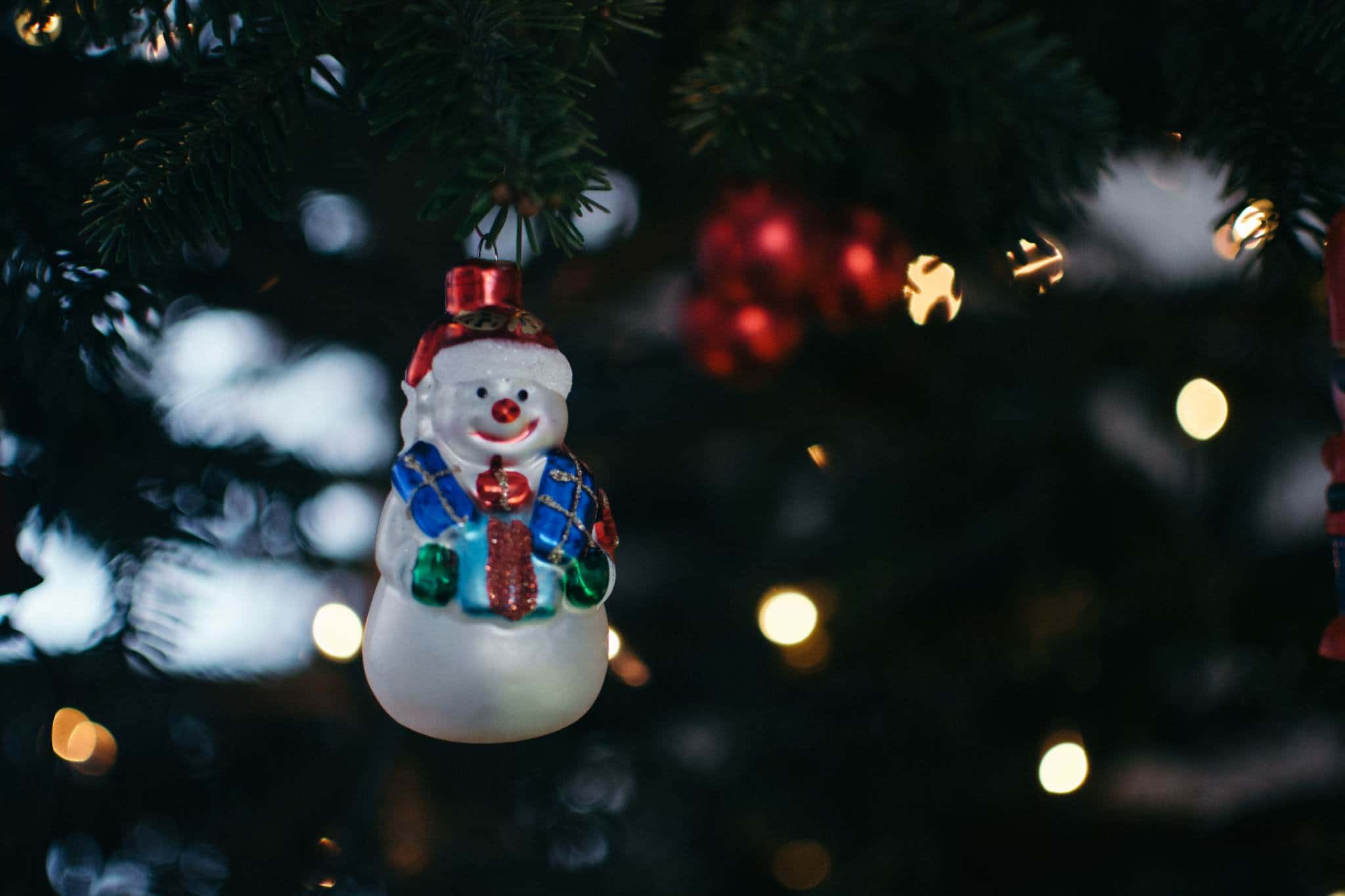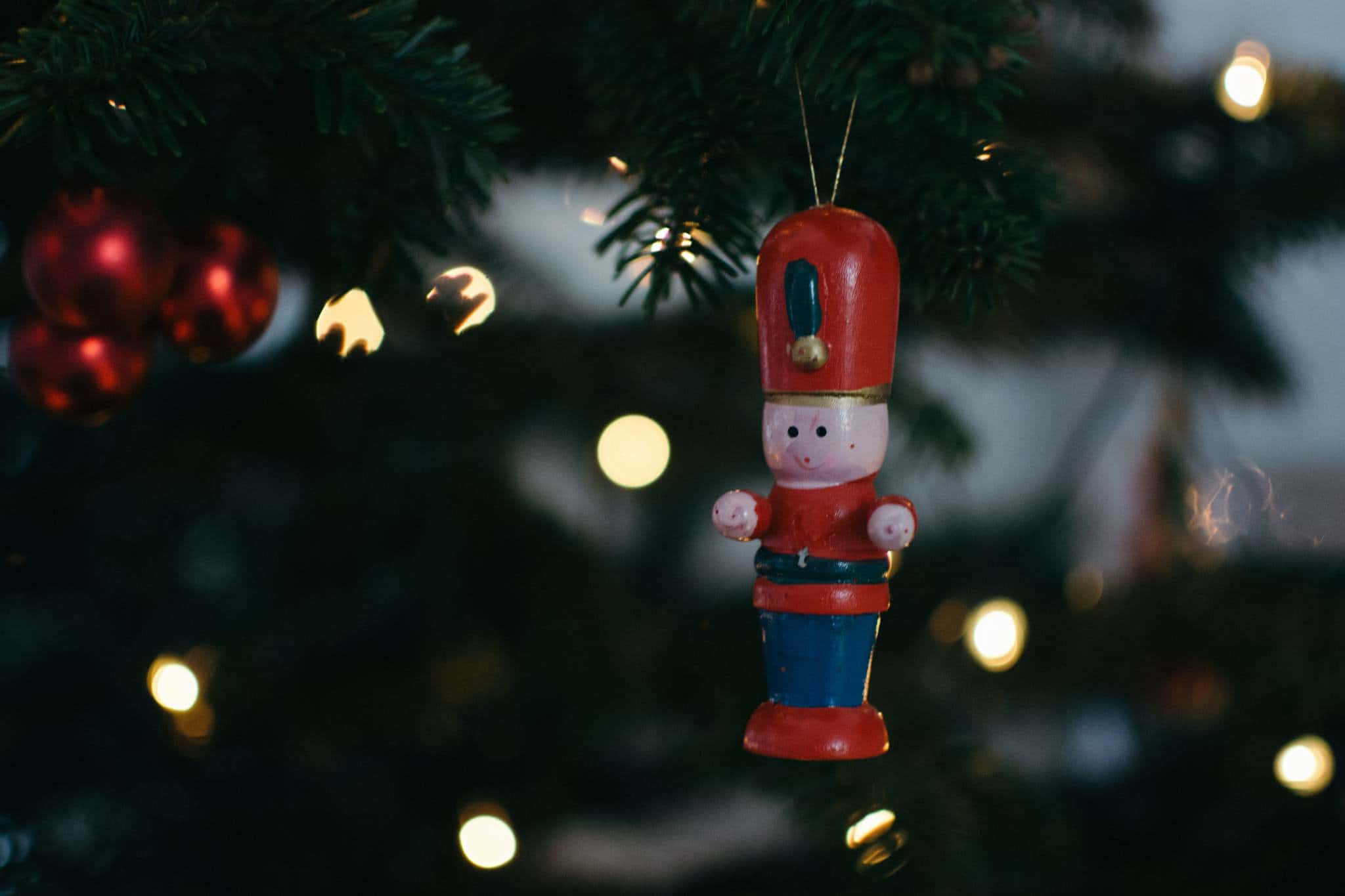[mks_dropcap style=”letter” size=”52″ bg_color=”#ffffff” txt_color=”#000000″]I[/mks_dropcap]t’s almost Christmas, which means (almost) everybody buys a Christmas tree for in their homes. Same goes for our family, as soon as Sinterklaas left the country (the 6th of December) my dad rushed to the store to buy a tree. This year a 2 meter tall tree takes in a prominent spot in the living room, a small ten centimeters in front of the television. Like the tree takes in a prominent spot in the living room, Christmas takes in a more prominent spot in our lives every year. That’s great and all, but why do we put up a big green tree in our homes?
With this article I hope to explain why we put up trees in our living rooms, but also why Christmas balls are invented. Next to those two Christmas symbols, who invented Santa? And for what reason do we hang Christmas lights in trees? All these questions will be answered in this article!

Christmas trees
Long before the first Christmas trees made their way into our homes, ancient people in the Northern hemisphere had evergreen branches in their homes to remind them of the returning greens when spring was on its way. From Romans to Vikings, different people used evergreens to remind them of the returning sun and green plants in spring. The Christmas tree however, dates back to 16th century Germany. As stories tell, the first decorated trees were brought indoors by German Christians. These same stories explain the first Christmas lights in Christmas trees. According to these stories, Martin Luther (who reformed the church in the 16th century) put candles in his Christmas tree to simulate the night sky filled with stars. Much later, Christmas trees made their way to the main public around the 1890s.
 Christmas ornaments
Christmas ornaments
Christmas ornaments are passed within families from generation to generation. Usually these are made from glass, plastic or even wood. But before passable ornaments were invented, Christmas trees were decorated by Apples or pastries shaped in the form of stars or hearts. The first glass ornaments were invented in the town of Lauscha, famous for its glassblowing. Around this time people also started to produce tin figures which can be hung in trees. By the 1880s an American entrepreneur named F.W. Woolworth started to import the glass ornaments to the US, what seemed to be a succes. As of today, the largest producer of glass ornaments is still found in Lauscha: Krebs Glas Lauscha.
istanbul gecelik escort | ataköy türbanlı escort | avcılar türbanlı escort |
Santa Claus actually comes from the Dutch Sinter Klaas

Santa Claus
Santa Claus, as known today, can be traced back to Saint Nicholas. Saint Nicholas was a Greek Christian monk living in Myra (now Turkey) who devoted his live to helping the poor and sick. Many legends, also the Dutch Sinterklaas, are based on him. Much later, during the Renaissance, he was by far the most popular saint in Europe. Even after the Protestant Reformation, according to HISTORY.com, he stayed popular. Especially in the Netherlands, known now as Sinterklaas.
Towards the end of the 17th century American newspapers started reporting about Dutch families celebrating the birthday of Saint Nicholas on the 5th or 6th of december. The popularity of Saint Nicholas grew in the US as well. Santa Claus slowly made his way into American lives. Moreover, Santa Claus actually comes from the Dutch Sinter Klaas. The stories and depictions of Santa Clause started with a poem by Clement Clarke Moore in 1822: An Account of a Visit from St. Nicholas described Santa ascend a chimney and travel by sleigh.
The image of Santa from today, including the red suit and the North Pole, was drawn by Thomas Nast for Harper’s Weekly and was based on the poem from Moore. In 1881 this image first appeared in the political magazine. This cartoon was the first depiction of Santa as we now it.

Cover & images: Thomas Korver / Final editor: Maxime van Baalen





